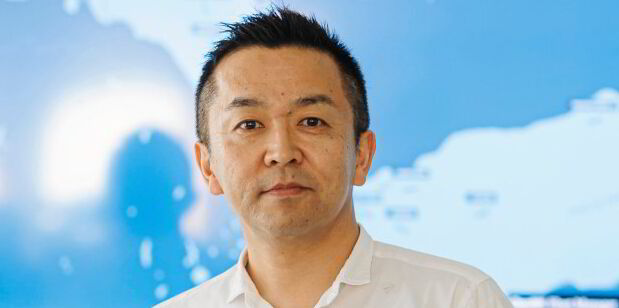Ship design data is too good to waste according to Takashi Yamamoto, deputy manager of basic design at Japan’s Usuki shipyard.
The Fukuoka Shipbuilding-owned yard is one of the first to be part of a new project by ship design software house NAPA to encourage ship designers to monetise their designs by sharing data via a secure digital platform.
The Japanese digital firm has teamed up with parent group ClassNK and is encouraging architects who use the popular NAPA design software to put their hull form designs onto a secure platform and allow the data to be further used and monetised.
The phrase is “Mottainai” — a centuries-old Japanese philosophy that embraces the idea of respecting resources and their value while also reducing waste — said Yamamoto when talking about putting the first sets of design data onto the platform for others to use.
The project to build this digital twin platform is being led by Naoki Mizutani, managing director of NAPA Japan and head of the newly launched digital platform division of the group, NAPA Studio.
At first, the shipyards did not want to share, he told TradeWinds. “They wanted to keep their designs to themselves, rather than allow competitors to gain access.”
That changed when NAPA was able to offer a way for the data to be stored securely.
Shipyards benefit financially from being able to share specific ship designs that would otherwise be stored away and used only by in-house naval architects for design iterations on future newbuildings. Shipowners benefit from being able to use the design data to improve performance and safety.
While Usuki shipyard has an orderbook of chemical tankers according to Clarksons, Yamamoto said it has many ferry operator customers, operating vessels with longer lifespans, so offering them a digital-twin service based on the ship design will help the yard have closer relations.

He thinks that there is also a competitive advantage for his shipyard in being able to market this as a new way to offer after-sales services with customers, either shipowners or other technology firms, who can benefit from applying design data in real-life operations.
Yoshimichi Sasaki, general manager at ClassNK’s digital transformation centre, said it has been important to have a third-party independent platform to build trust and security.
He said shipowners and managers have discovered more than 30 uses for the hull design data, including maintenance, operational and safety improvements.
The next step would be to integrate engine and machinery data to build a stronger digital service to allow shipowners to benefit from comparing real-life operational performance with those expected when looking at a digital twin, Sasaki said.
But for now, NAPA is rolling out this service knowing there are already benefits for shipowners and for shipyards alike just using the hull form design data, Mizutani said.




